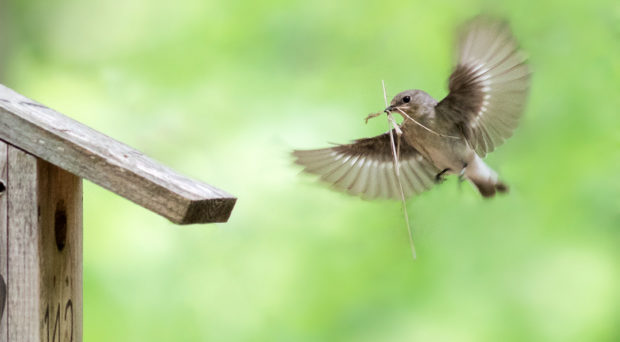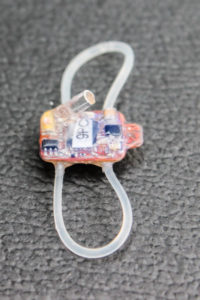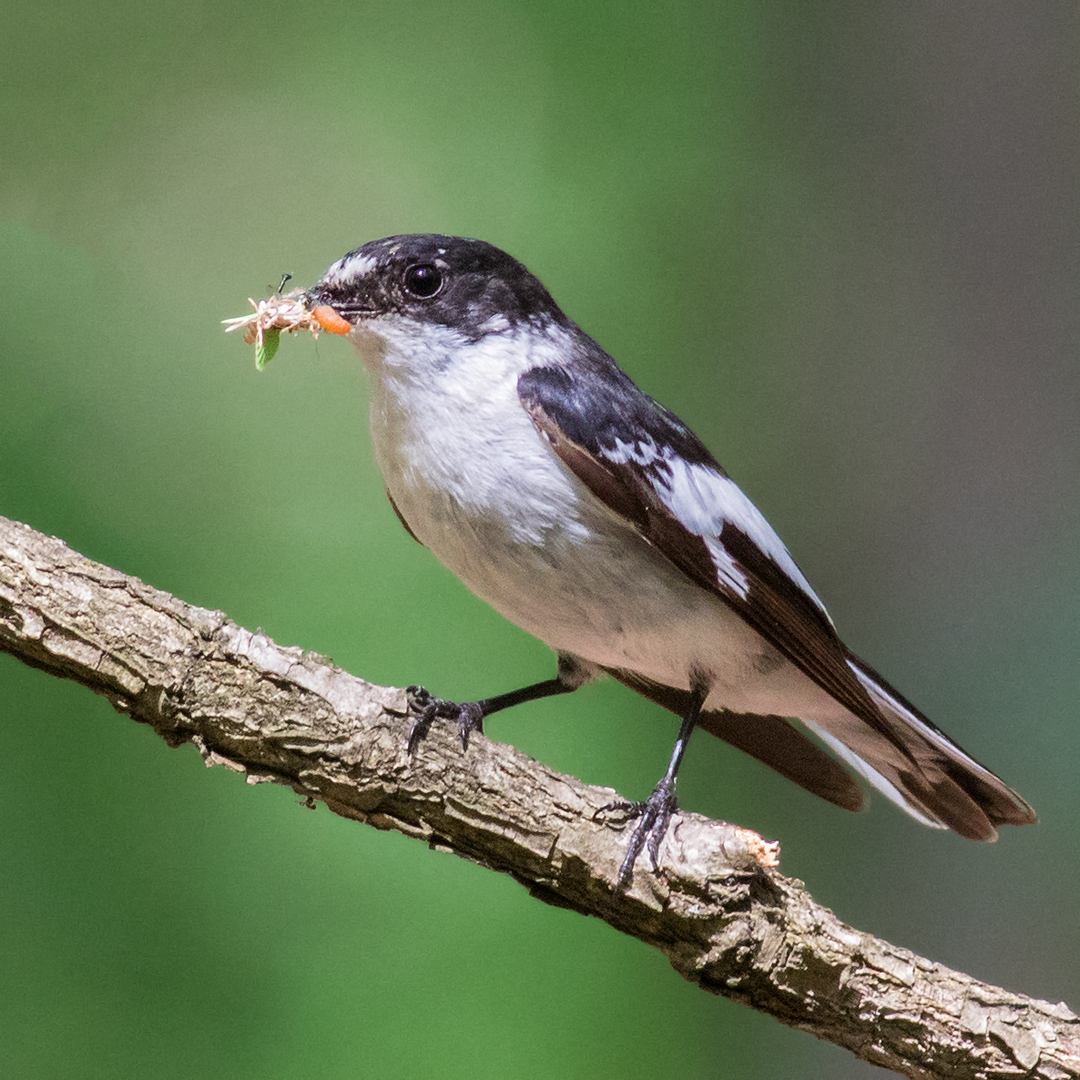
The vast distances travelled by migratory birds makes them unique within terrestrial animals. Through their journeys migrant birds cross countless country borders, encounter various habitats and contrasting weather patterns. Among the greatest travellers are the so called long-distance migrants – birds that breed in the temperate regions and migrate to the tropics to escape the northern winter.
Modern tracking devices now allow us to follow the journeys of even the smallest of migratory birds. A geolocator is a device that is fitted on a bird’s back, similar to how we humans do with our backpacks. This tiny gadget, weighing a mere 0.6 g, measures the ambient light intensity and stores the data on board adding a time-stamp to each measurement.

After the bird has completed its migration and returned to the breeding site the following spring, the geolocator can be retrieved and data downloaded. Later, using astronomical algorithms the light measurement data are turned into geographic positions to get the whereabouts of the bird at a particular time.
For two consecutive seasons in 2013 and 2014, we fitted geolocators on semi-collared flycatchers Ficedula semitorquata – an insectivorous songbird weighing only 13 g – at a breeding site in Bulgaria. These birds breed in restricted areas in South-eastern Europe and spend the northern winter in Eastern-Central Africa.
The spring season of 2014, when the first group of tagged birds returned back to Europe, was exceptionally warm in the Mediterranean Basin and at the breeding site of the flycatchers. In contrast, the spring of 2015 when the second group of tagged birds returned was exceptionally cold, delaying plant phenology for several weeks. Such extreme and contrasting conditions present an ideal opportunity to study phenotypic plasticity in a natural setting.
We found that in both years flycatchers started their spring migration in Africa and crossed the Sahara Desert at approximately the same time. However, when reaching the Mediterranean Basin where the first cues for weather and environmental conditions of the temperate regions can be assessed, the flycatchers acted differently in the two years.

In the warm spring of 2014, birds quickly continued their migration and returned to their breeding sites. On the contrary, in the cold spring of 2015 birds spent a prolonged period in the Mediterranean Basin waiting for improved weather conditions before returning to their breeding sites. Additionally, we observed a lower apparent individual survival in the cold spring year, suggesting that some individuals lacked an appropriate response strategy or may have chosen an inappropriate response to the cold weather. Males and older individuals that typically migrate earlier paid a higher cost and suffered a higher degree of mortality compared to females and younger birds.
As climate change is predicted to bring an increasing number of extreme weather events, animals’ ability to flexibly adjust their behaviour seems to be an essential necessity for survival. Long-distance migratory birds are especially challenged in their responses to weather extremes as they have limited or no ability to predict the weather at their distant breeding areas while residing in the tropics. The onset of spring migration in long-distance migrants is determined by endogenously controlled circannual rhythms and photoperiod. Combining this internal clock with external cues from the environment while on migration seems to be the appropriate strategy for migrants to withstand the changing climate.
The video below shows the contrast in the progress of tracked birds from their African wintering grounds to their European breeding grounds in the cold spring of 2015 and the much warmer spring of 2014.
Comments